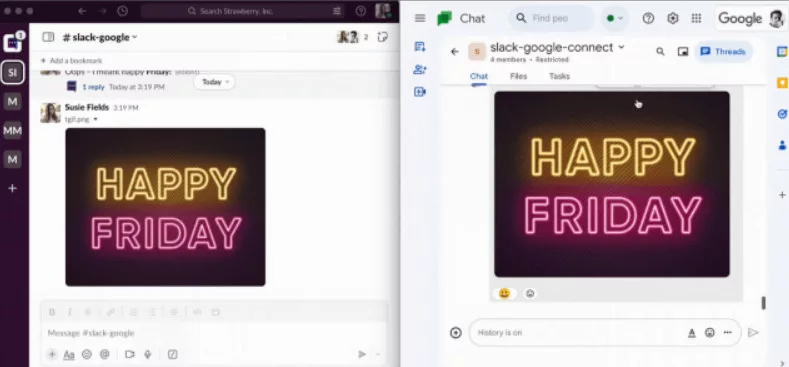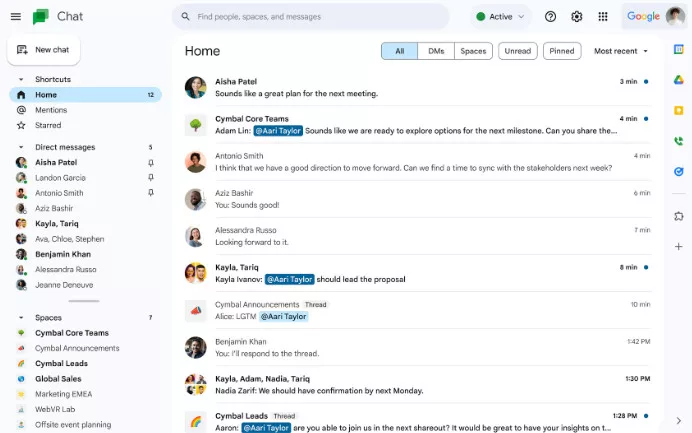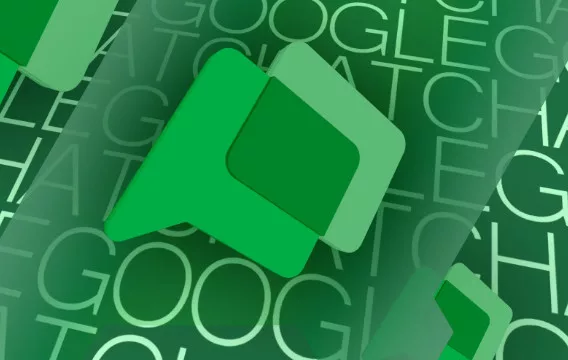A positive trend is emerging for users of Google Workspace – the capabilities of Google’s Chat app are growing, expanding to platforms such as Slack and Microsoft Teams. Such a change can be seen as a major convenience that liberates you from the need to switch between apps to send messages. However, there is a caveat in the appearance of this opportunity.

All About Google Chat Chatting Across Slack and Microsoft Teams
Firstly, it is available only to those users who pay, although its appearance is not entirely unexpected; that is to be successful from the beta period. The specific development was previously available only to a limited number of people, but now it is officially available to all who pay.
However, the user has the opportunity to implement such interoperability today. To establish communication between Google Chat and Slack or Teams, the user must install and configure the Mio application. This software will act as a hub between the two IT environments and ensure that messages reach the addressee accurately and quickly. At the same time, the Mio solution is not free, as an additional license is required.

Nevertheless, it includes all the necessary functions – tagging, sending files, GIFs, etc. – and is not limited only to the messaging functions. Mio is a cross-platform application that ensures the compatibility of Google Workspace and Microsoft Office 365 systems, helping to optimize communication in the office.
Integrating with other platforms is a significant development for Google Chat; utilizing Mio exemplifies how challenging such initiatives can be, yet the payoff is clear. The end result is an integrated channel for all communication needs, which saves time switching between platforms and dictates the need that time is precious.

In reality, Google’s decision to integrate with external platforms is part of a strategic decision to better integrate communications in the digital workspace. Because companies continue to rely on a diverse set of platforms, solutions like Mio play an important role in bridging the ever-growing divide, empowering users with connectivity that is limited only by their creativity.

